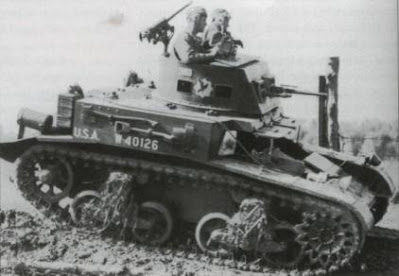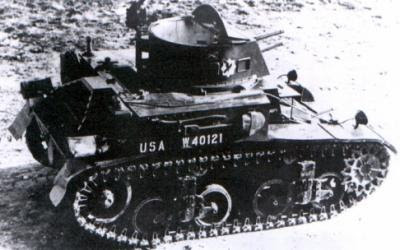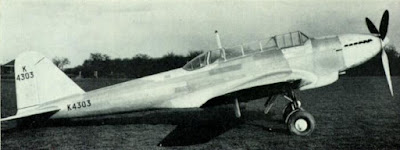The Fairey Firefly was a British carrier-based fighter, which was used by the Royal Navy's Fleet Air Arm during World War II and the Korean War. Although it was not as fast as other naval fighter aircraft, such as the Japanese Mitsubishi A6M or the American Grumman F6F Hellcat, this British fighter was very maneuverable, with great low-speed handling, and it was fitted with excellent armament. It was also used as a reconnaissance and ground-attack aircraft.
The Fairey Firefly prototype first flew on December 22, 1941. After almost two years of test flights, it entered service in March 1943 as the F.Mk I, which was powered by a 730-HP, Rolls Royce Griffon IIB piston engine. The Firefly Mk II was the night fighter version, which was equipped with an AI.Mk X radar as it had an extended forward fuselage.
The Fairey Firefly first saw combat action in July 1944, when aircraft from Squadron No 1770, aboard HMS Indefatigable, attacked auxiliary vessels during raids on the German battleship Tirpitz. It also flew combat sorties to destroy German ammo depots in Norway. In the Pacific Theater of Operations, the Firefly aircraft made raids on Japanese-occupied islands, attacking the Japanese oil refineries in Sumatra in January 1945.
Specifications
Type: two-seat, single-engine, low-wing fighter aircraft
Length: 11.46 m (37 feet, 7 inches)
Wing Span: 13.56 m (44 feet, 6 inches)
Wing Area: 30.47 m2 (328 square feet)
Height: 4.14 m (13 feet, 7 inches)
Powerplant: one 1,730-HP, Rolls Royce Griffon IIB, V-12 piston engine.
Maximum Speed: 509 km/h (316 mph)
Range: 2,092 km (1,300 miles)
Ceiling: 8,535 m (28,000 feet)
Armament: four 20-mm Hispano cannons in whings; eight 27-kg rockets; two 454-kg bombs.
Crew: 2
Below, the Fairey Firefly in flight over England.
The F.Mk I variant in late 1943.
Below, the underside of the Firefly as it banks, changing course.
The Mk I version in 1945.





























